Apple Watch Series 10 vs Apple Watch Series 9: Which one should you buy?
Apple Watch Series 10 is here, but how much better is it than Series 9?
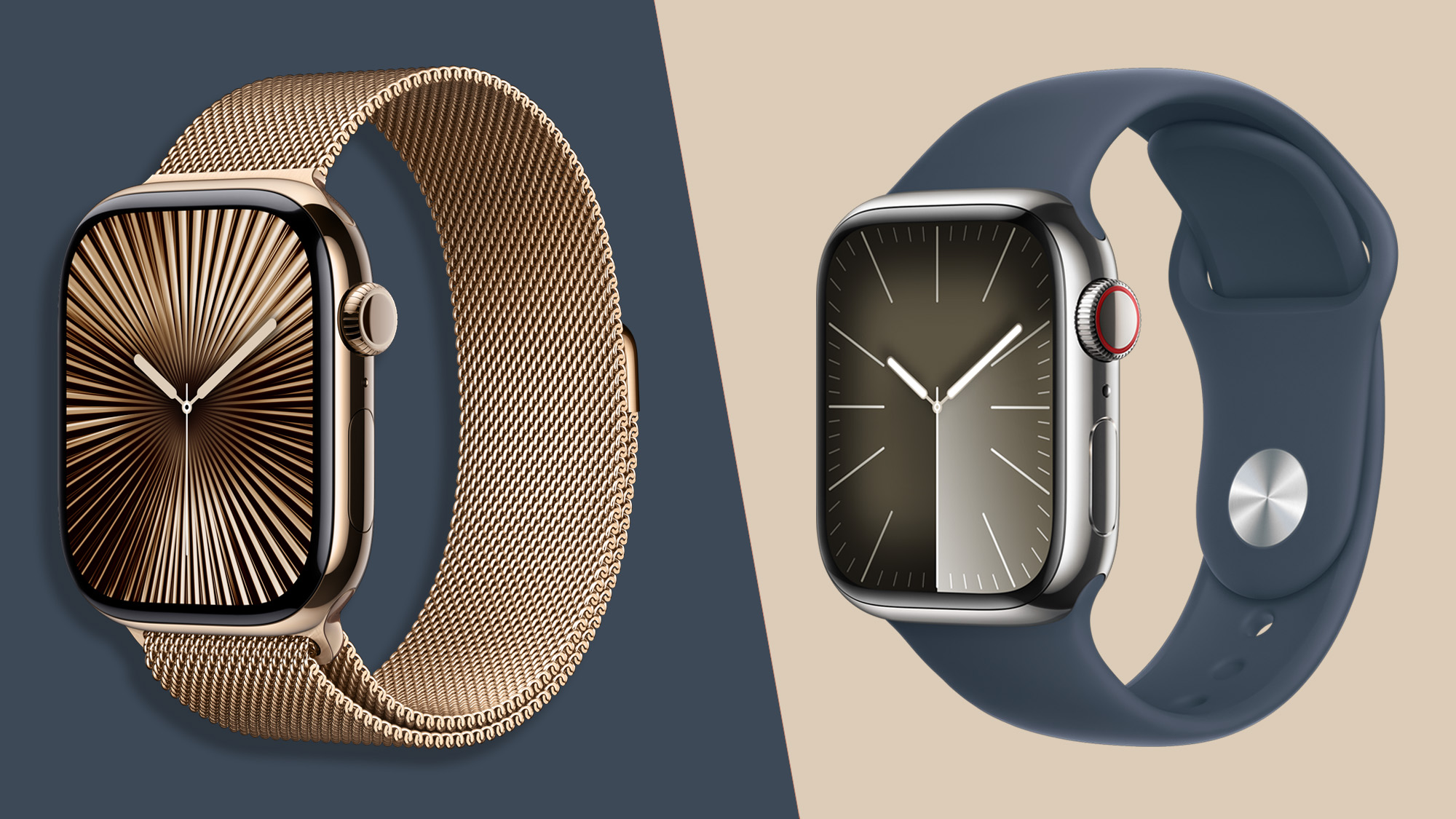
The Apple Watch Series 10 has been out for just a couple of months, but you can still also pick up the Series 9 from a wide variety of retailers, which is especially true around big sales events.
While the Apple Watch Series 10 is objectively better and newer, it's also more expensive than the Series 9, which you'll often see discounted in and around Black Friday, the holidays, and beyond.
So which is the best for you? The Apple Watch Series 10 is a big bigger, has a brighter display, and has a better chip. That's better for longevity and day-to-day use, but the Series 9 is no slouch. It's still a formidable iPhone companion and one of the best Apple Watches the company has ever made. Here's every key difference you need to know about as you make your choice.
Apple Watch Series 10 vs Series 9: Price and release date
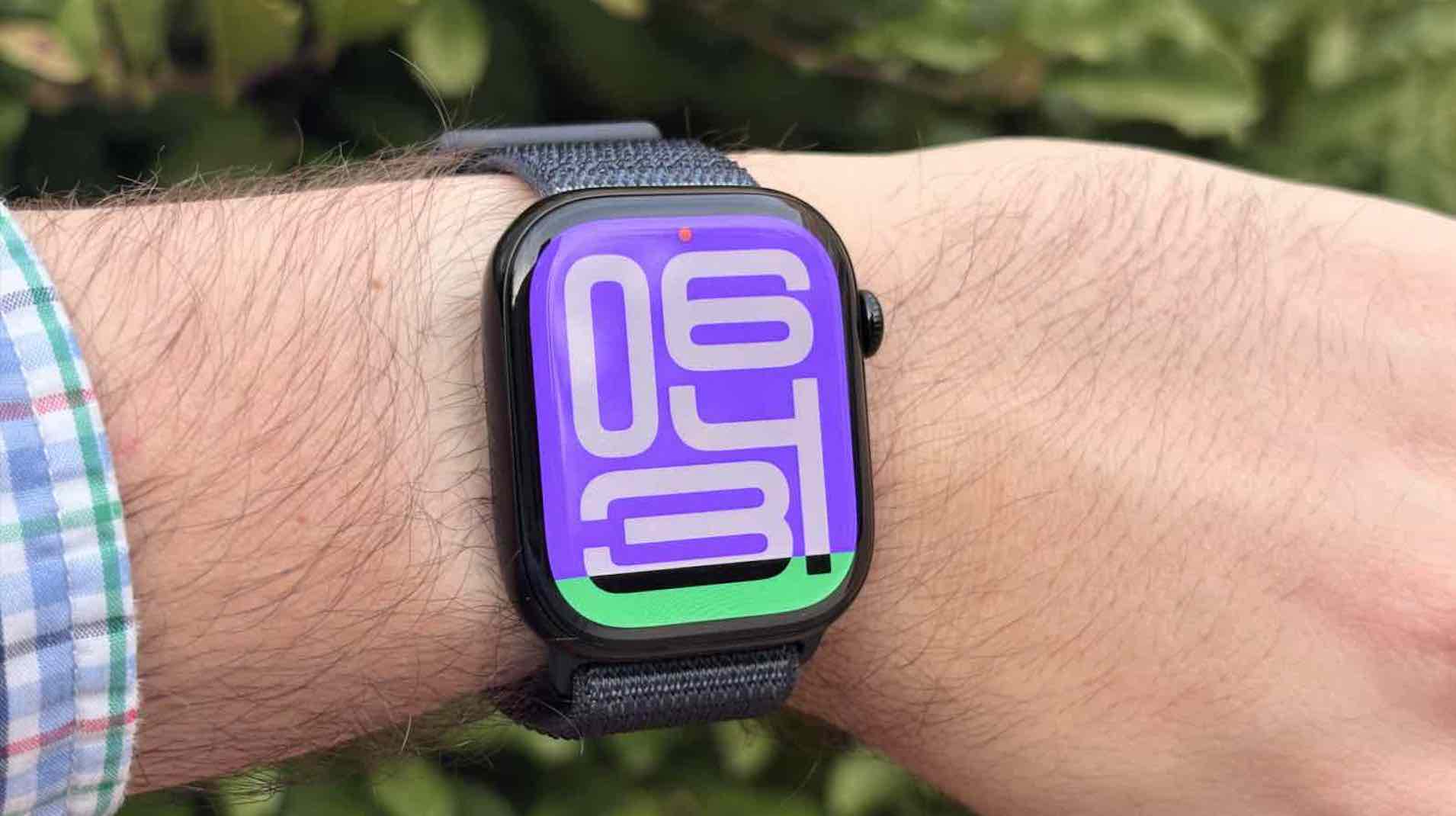
The Apple Watch Series 9 was unveiled in September 2023, and the Series 10 was released in September 2024. Price comparisons aren’t straightforward, however, because Apple no longer sells the Series 9. The Series 10 starts at $399/£399/AU$649 or $499/£499/AU$809 for the GPS+ Cellular model, the same price the Series 9 started at last year. If you scour our cheap Apple Watch deals roundup you’ll often find the Series 9 at a hefty discount. As such, the Series 9 is a tad cheaper, but you’ll have to shop around to find one.
Apple Watch Series 10 vs Series 9: Design, size, and weight
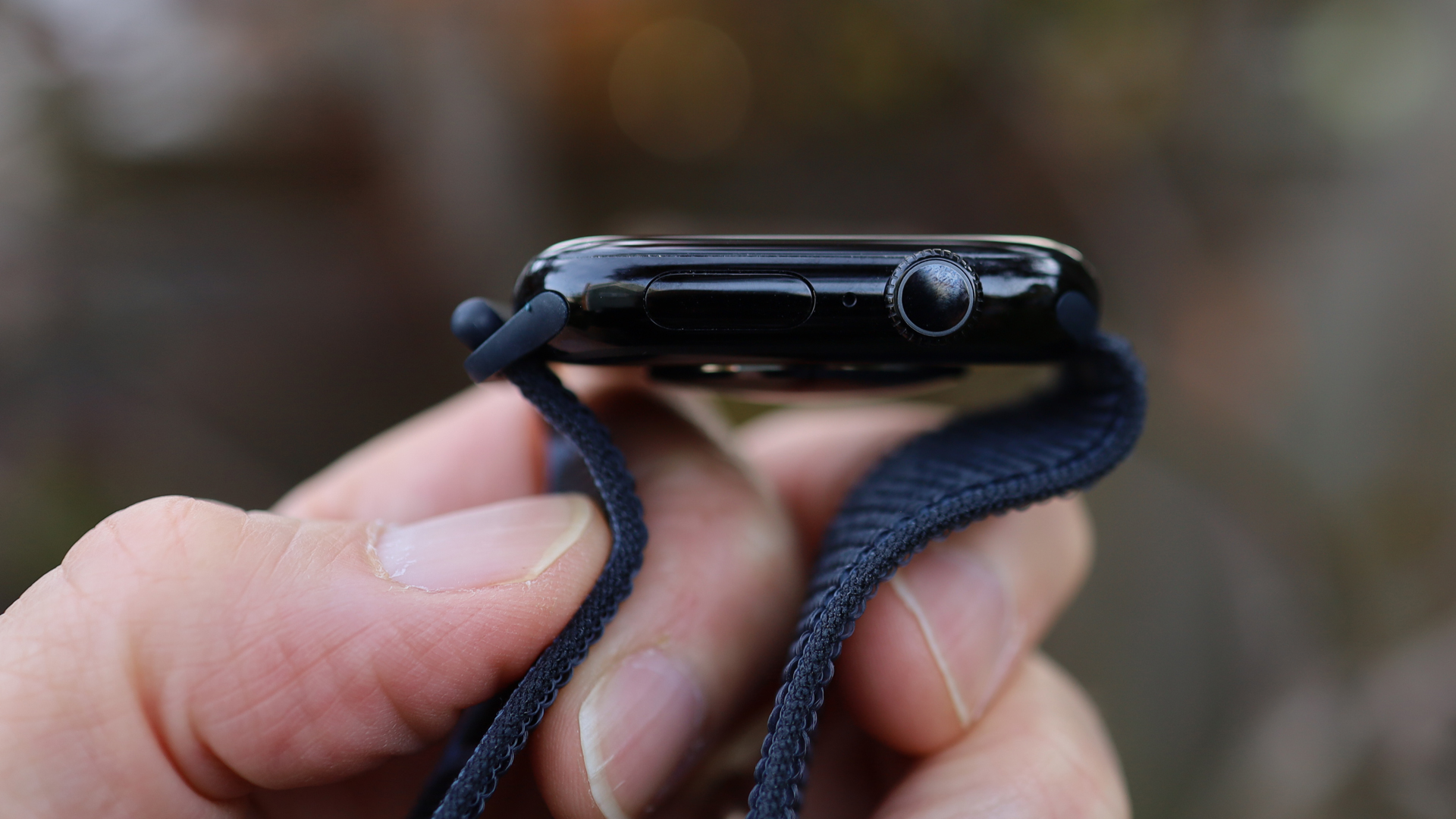
Apple says it has “refined” the design of the Apple Watch Series 10, and indeed the size and shape of the Apple Watch have changed. The Series 9 comes in 45mm or 41mm case sizes, both measuring 10.7mm in thickness. Apple Watch Series 10 is larger, available in 46mm and 42mm case sizes, but with a thinner chassis measuring only 9.7mm. Across the board then, the Series 10 offers a bigger display and is noticeably thinner. It’s also a good bit lighter; both aluminum models weigh slightly less than last year, and Apple has replaced the Series 9’s stainless steel option with a titanium offering that’s 20% lighter.
Apple Watch Series 10 vs Series 9: Colors and finishes
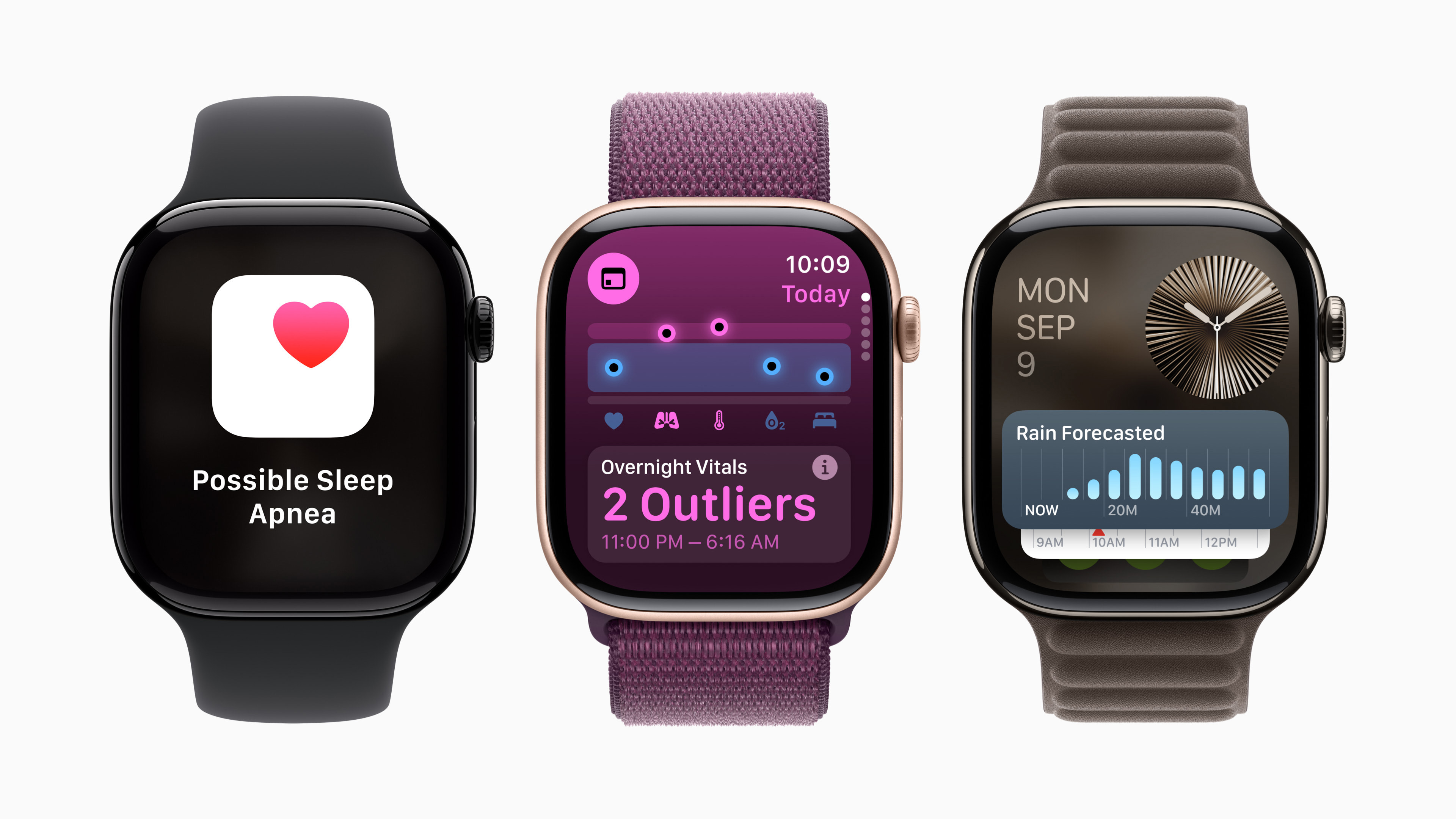
As noted, the Series 10 is available in aluminum and titanium, whereas the Series 9 comes in aluminum and stainless steel. The Series 9 can be found in eight different aluminum colors (stock at retailers depending). In contrast, there are only six Apple Watch Series 10 colors: Jet Black, Rose Gold, and Silver aluminum, as well as three shades of titanium: natural, gold, and slate. Notably, the Series 9 offers several more vibrant options including (PRODUCT)RED and pink. As such, if you like a splash of color on your wrist, the Series 9 might be the way to go.
Apple Watch Series 9 vs Series 10: Display

Apple has slightly improved the display of the Apple Watch Series 10 compared to the Series 9. Both feature LTPO (low-temperature polycrystalline oxide) technology that enables the variable refresh rate and the Watch’s always-on display, but Apple has added new wide-angle OLED technology to the newer model. It’s the first Apple product to use the innovation, which “optimizes each pixel to emit more light at wider angles.” The upshot is that when viewed from an angle your Apple Watch Series 10 face should look a lot brighter than its forebears, up to 40% brighter according to Apple. Considering that you’ll be glancing down at your wrist a lot, it’s a pertinent change.
Sign up for breaking news, reviews, opinion, top tech deals, and more.
The Series 10’s display is also more power-efficient. Because it uses less energy, Apple says the new watch face now refreshes once a second, rather than once a minute. Crucially, that means you’ll see a ticking second hand on your watch face without having to activate your display by raising your wrist.
As noted, the Series 10 is also bigger than the Series 9, offering 9% more screen real estate compared to last year’s model.
Apple Watch Series 9 vs Series 10: Chip
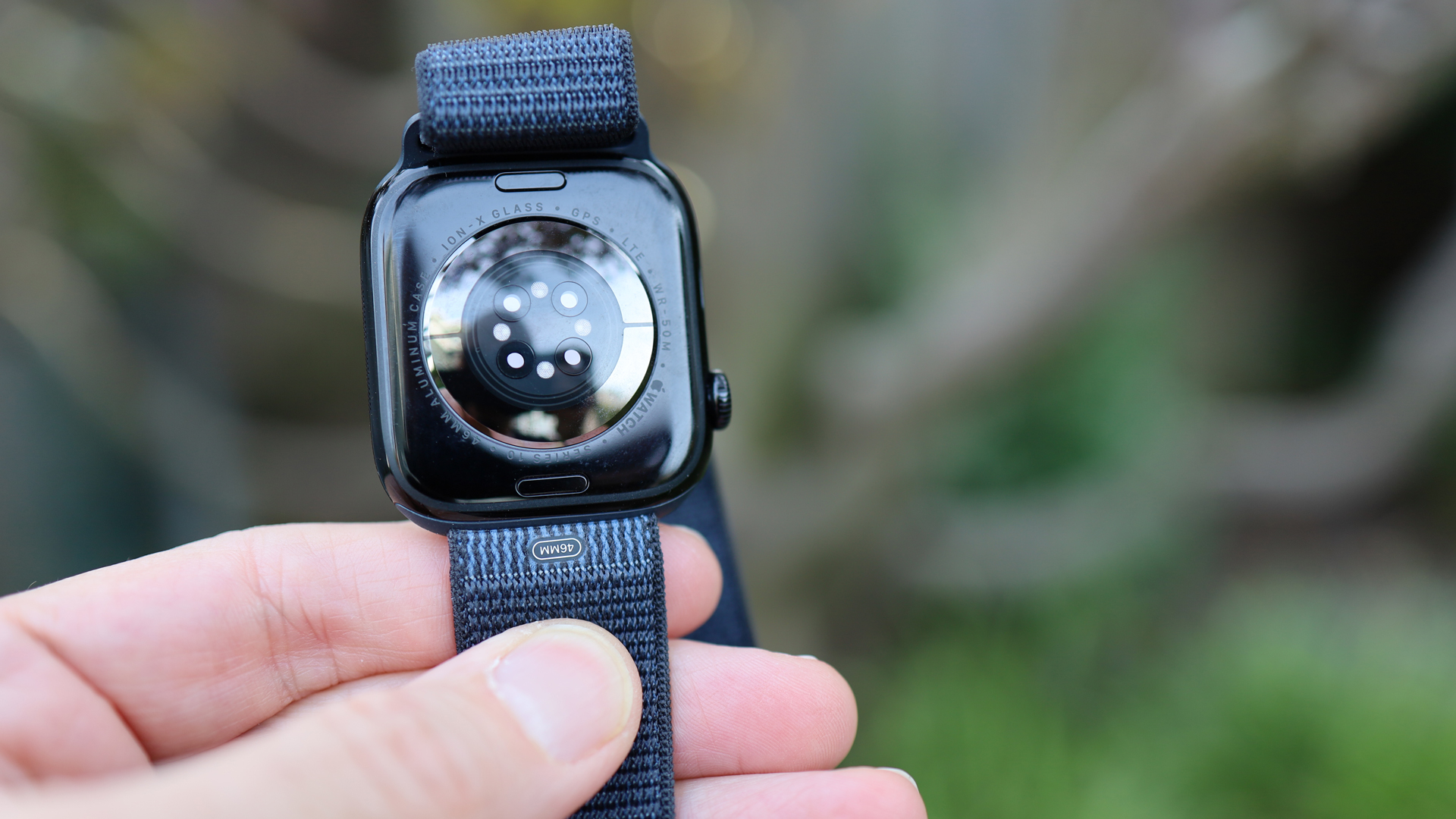
The Apple Watch Series 10 features Apple’s new S10 system-in-package or SiP, but Apple hasn’t revealed any specific differences between the S10 and last year’s S9. Both feature Apple’s W3 wireless chip for connectivity and the same Ultra Wideband chip that powers Apple’s Precision Finding tool for the iPhone 15 and iPhone 16. Both also feature the same 4-core Neural Engine which powers machine learning on the device.
Apple Watch Series 9 vs Series 10: Health and fitness features

Despite the Apple Watch’s overall focus on health and fitness, the Series 10 doesn’t feature any new or exclusive health or fitness features. As such, users of the Series 9 won’t find any cause to upgrade here, and it’s certainly not a defining feature when choosing between the two. Both feature Apple’s ECG tool, heart rate notifications, sleep tracking (including new sleep apnea notifications), the new Vitals app, temperature sensing, and cycle tracking, Emergency SOS, international emergency calling, and Apple’s fall and crash detection.
Apple Watch Series 9 vs Series 10: Water resistance

Both the Apple Watch Series 9 and Series 10 are water resistant up to 50m and swim-proof, but the Series 10 adds a new depth gauge. The sensor works up to 6m and also includes a water temperature sensor. This is a nifty addition for those who want to use their watch for open-water swimming and snorkeling and is worth considering if you’re a triathlete or a swimmer.
Apple Watch Series 9 vs Series 10: Connectivity
Both the Apple Watch Series 9 and Series 10 feature the same suite of connectivity options, namely GPS, and cellular and Wi-Fi configurations, with no differences between either model.
Apple Watch Series 9 vs Series 10: Battery life and charging
Despite the more efficient chip and display of the Series 10, both models are rated for up to 18 hours of battery life when it comes to everyday use. Likewise, both offer up to 36 hours of use in Apple Watch’s Low Power Mode. When it comes to charging, however, the Series 10 boasts a key advantage. A new metal back features a larger and more efficient charging coil, which means you can charge the watch a lot faster than the previous model. Where the Series 9 can be charged up to 80% in 45 minutes, the Series 10 can deliver the same amount of juice in just 30 minutes, provided you’re using the included Fast Charger and a 20W power supply (minimum).
Apple Watch Series 9 vs Series 10 verdict: A close-run affair
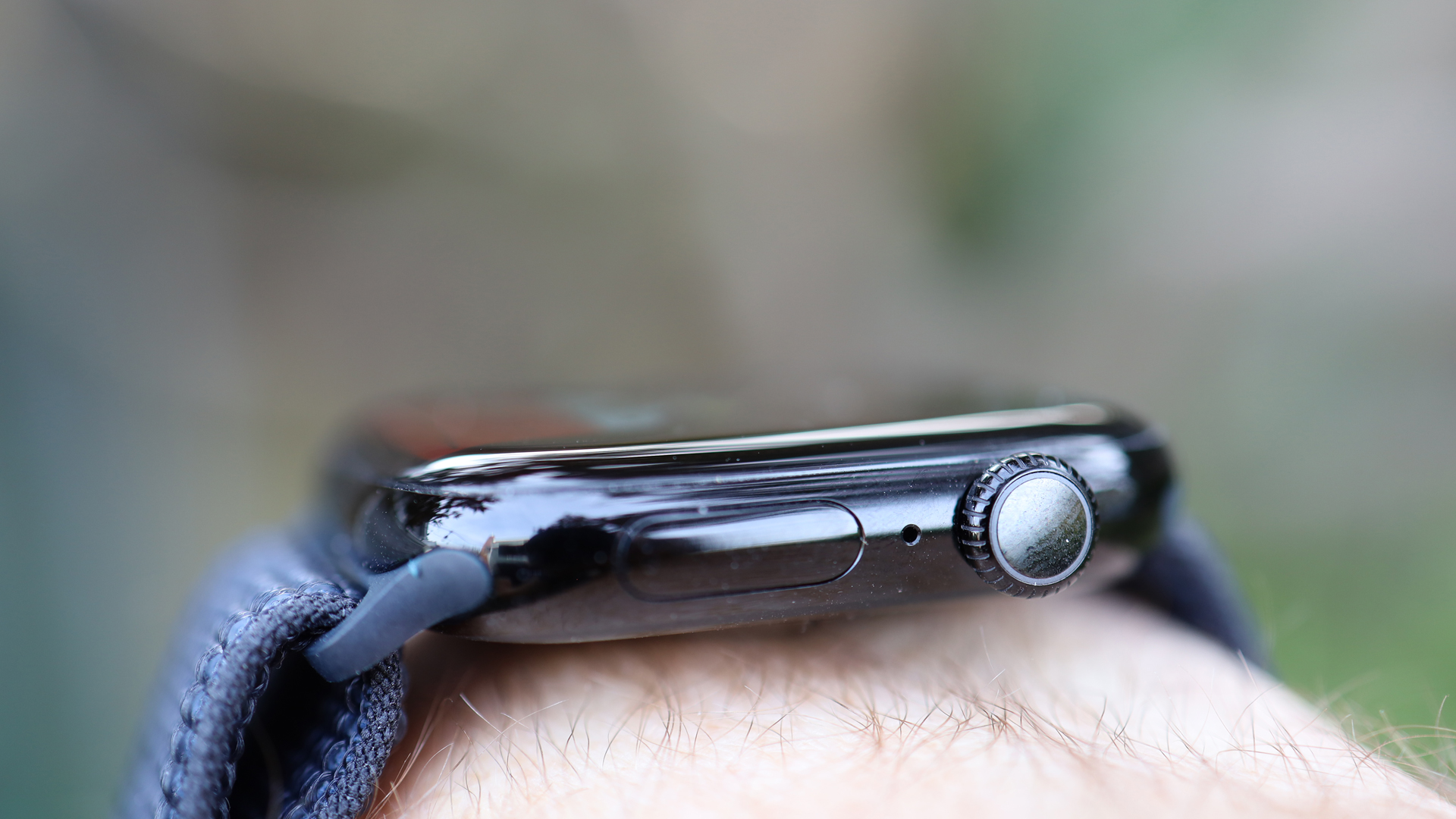
As you can see, the Apple Watch Series 10 is a pretty decent upgrade over the Series 9, but it's not enormously innovative. Certainly, for users picking between the two, it’s probably worthwhile spending a little extra to get the more recent model given its design update, but I doubt there’s enough here to tempt all but the most serial upgraders to make the leap from the Apple Watch Series 9. Indeed, for 2024, it seems as though many of the biggest innovations in Apple Watch are coming in watchOS 11, and as such will be able to existing users anyway.
You might also like:

Stephen Warwick is TechRadar's Fitness & Wearables writer with nearly a decade of experience covering technology, including five years as the News Editor of iMore. He's a keen fitness enthusiast and is never far from the local gym, Apple Watch at the ready, to record his latest workout. Stephen has experience writing about every facet of technology including products, services, hardware, and software. He's covered breaking news and developing stories regarding supply chains, patents and litigation, competition, politics and lobbying, the environment, and more. He's conducted interviews with industry experts in a range of fields including finance, litigation, security, and more. Outside of work, he's a massive tech and history buff with a passion for Rome Total War, reading, and music.